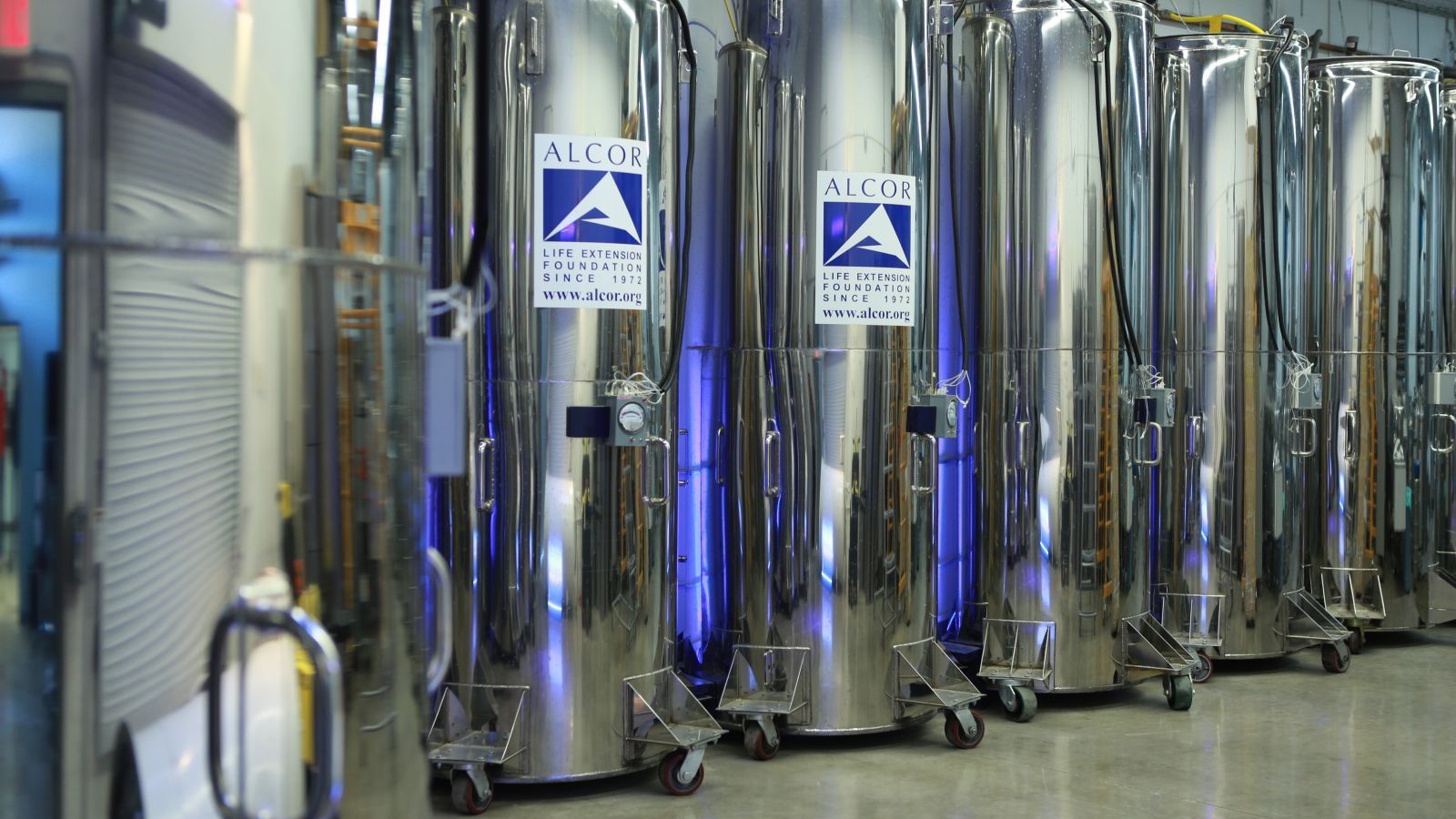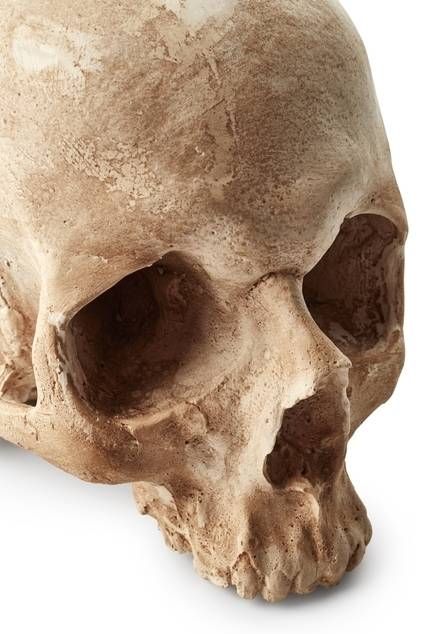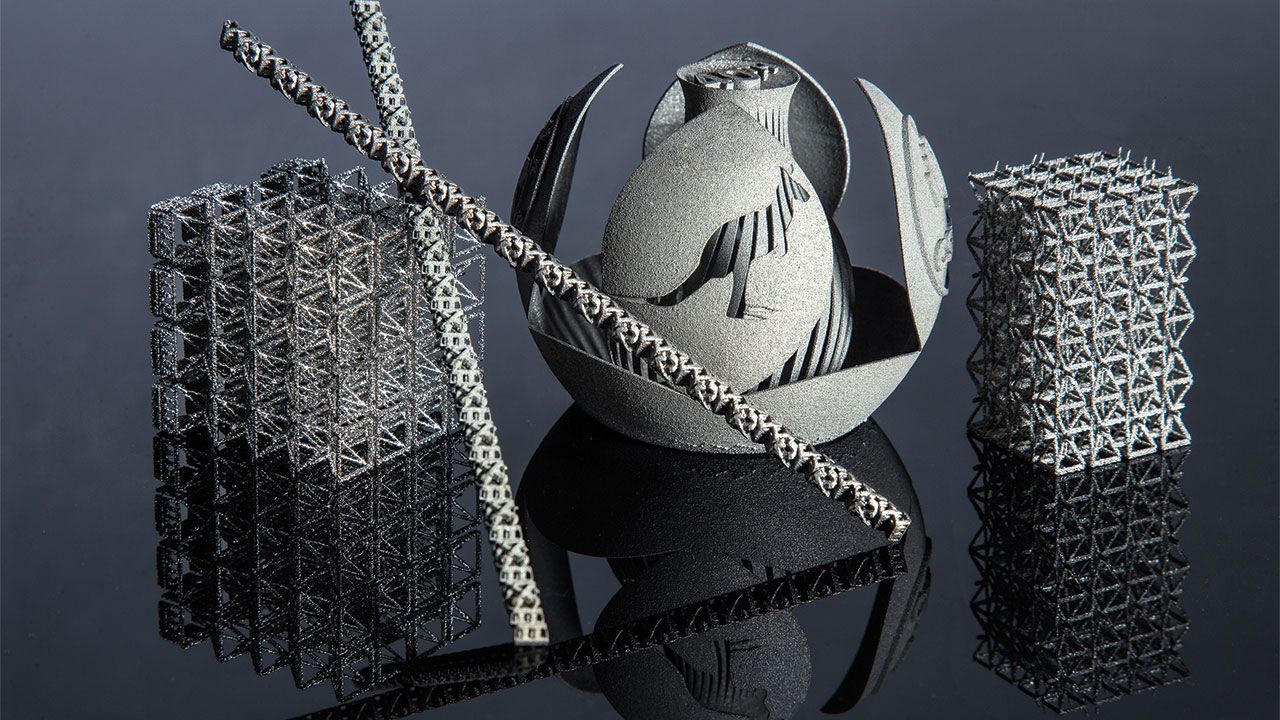“Yes, Mr. Bedford is here.”
That’s what Marji Klima, executive assistant at the Alcor Life Extension Foundation in Scottsdale, Arizona, told me over email this week. She was referring to Dr. James Hiram Bedford, a former University of California-Berkeley psychology professor who died of renal cancer on Jan. 12, 1967. Bedford was the first human to be cryonically preserved—that is, frozen and stored indefinitely in the hopes that technology to revive him will one day exist. He’s been at Alcor since 1991.
His was the first of 300 bodies and brains currently preserved in the world’s three known commercial cryonics facilities: Alcor; the Cryonics Institute in Clinton Township, Michigan; and KrioRus near Moscow. Another 3,000 people still living have arranged to join them upon what cryonicists call “deanimation.” In other words, death.









